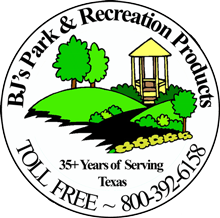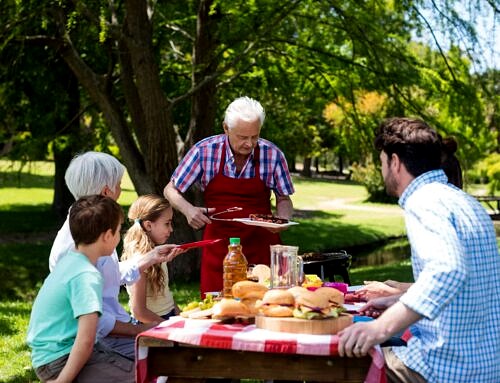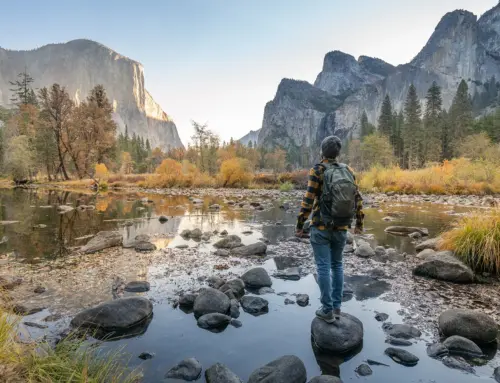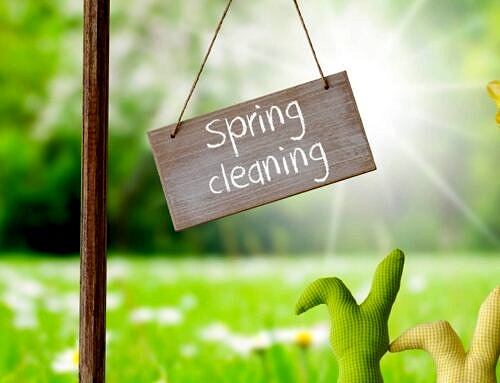What and Who are Pollinators?

A pollinator is anything that assists in carrying pollen from the male part of a plant or flower to the female part of the same plant of flower. This movement of pollen must occur for the plant to become fertilized and be able to produce fruits, seeds, and small plants.
Famous Pollinator

The most known pollinator is the bee. Whether it’s the honeybee or bumble bee, these guys are usually the face of the pollinators. But did you know that butterflies, beetles, flies, wasps, bats, birds, and other small mammals also help sustain our ecosystem by helping plants reproduce? These pollinators are also responsible for bringing us one out of three bites of food helping sustain us with their pollination efforts. It is an essential ecological survival function. Without pollinators, the human race and all of earth’s terrestrial ecosystems would not survive.
Pollinator’s Importance
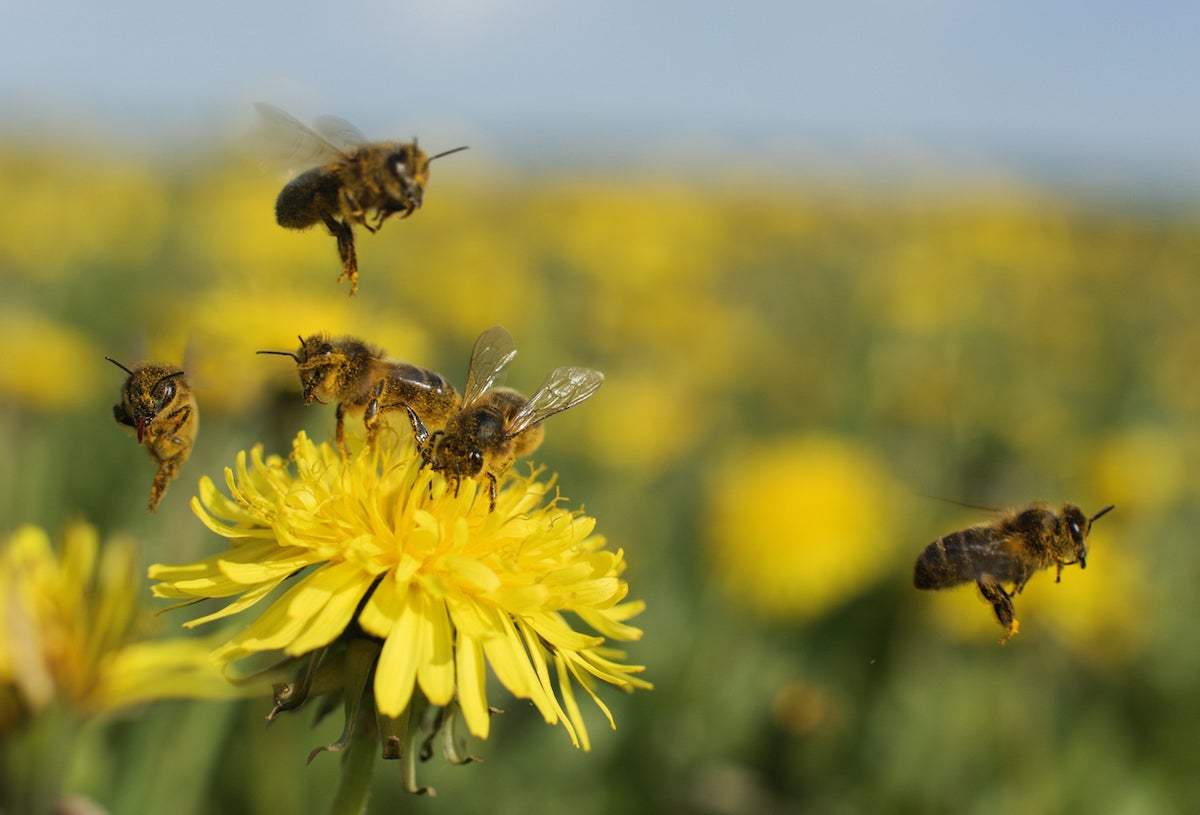
Traveling from plant to plant carrying vital pollen on their bodies, these pollinators provide a vital interaction that is critical to the reproductive system of most flowering plants. 75% of our planet’s flowering plants and 35% of the world’s crops need the pollinators’ help. Of the 1,400 crop plants grown around the world, i.e., those that produce all of our food and plant-based industrial products, almost 80% require pollination. On top of being a healthy support for our ecosystem, they also help clean the air, stabilize soil, provide protection from severe weather and are a support system for other wildlife. There is a reason humans have coined the term” busy as a bee”. Pollinators carry a lot on their shoulders.
Pollinators in Danger
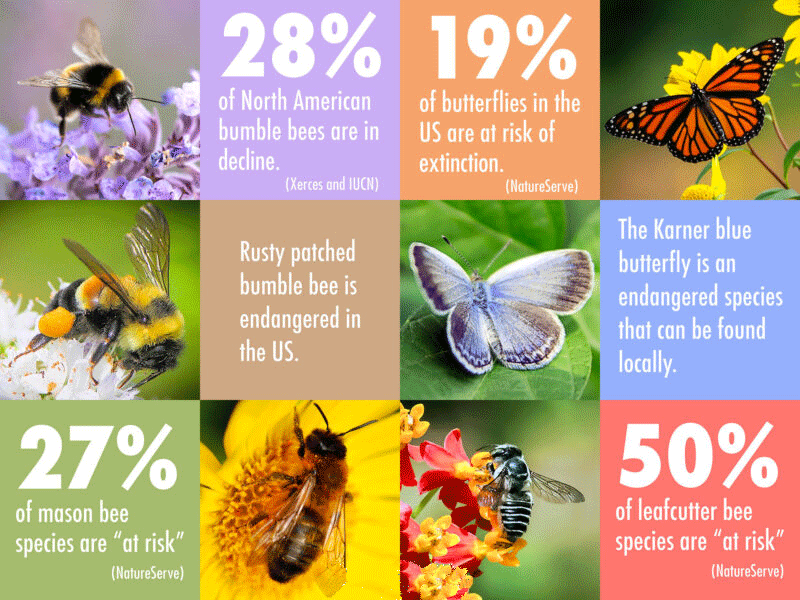
Unfortunately, changes have been coming to the pollinators’ habitats. The chief causes for pollinator habitat loss are agriculture, mining, and human development: Alternate land uses may not provide overwintering, foraging, and nesting sites for pollinators that have specific habitat needs and with fewer and fewer places to nest and build their homes, we are seeing a decline in numbers of many pollinators. Some species have been labeled as endangered or have gone extinct because of this decline.
Pollinator’s SOS

In order for us as humans to help the pollinators, we must understand their needs. What can we do to help increase pollinator numbers and bring back their vital habitats? First, you can make room for pollinators on your land by adding natural habitats to your gardens and landscaping. If you live in a suburban area, don’t fear, pollinators are not deterred or scared of city life as long as they have garden plots or green spaces to go to. Second, make sure to plant the right plants. check to see which local native plants the pollinators will like best. And third, make sure you use all organic products with no pesticides in your gardening endeavors. Spread the word in your community about the importance of our pollinators and their role in our planet’s ecosystem. The more we are aware of what they need to thrive, the faster we will be able to help maintain and grow back their habitats and populations. Learn their needs and plant with a purpose!
